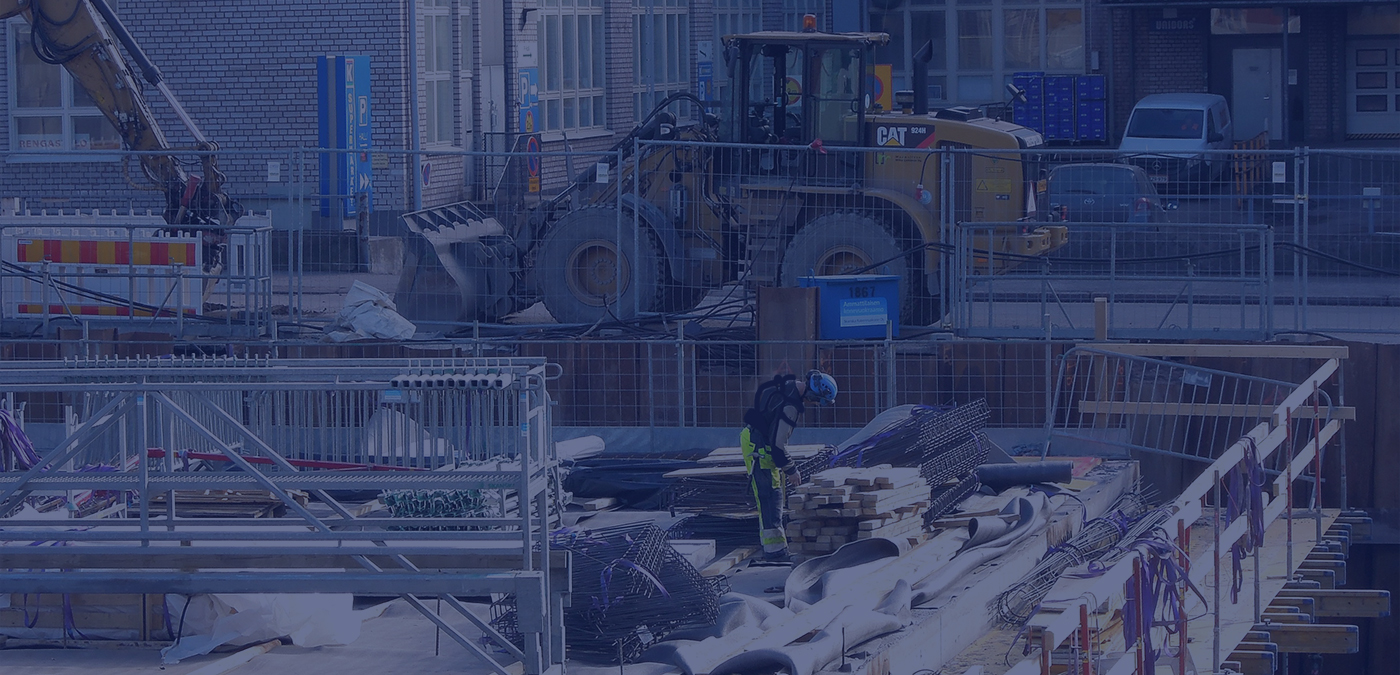
Exoskeletons in construction
Enhanced productivity
There is no doubt that exoskeleton technology can have dramatic effects on productivity. By carrying the brunt of the load, exoskeletons are able to assist workers on-site, resulting in less strain and ultimately greater productivity. Given the technology sets out to help workers do their jobs rather than replace them, the popularity of exoskeletons is likely to be high and we expect relatively fast adoption as the technology becomes mainstream.
Ekso Bionics recently ran some tests on their product, the Ekso ZeroG – an exoskeleton designed to make tools feel more weightless. In what was admittedly a self-promotional video, from a productivity point of view, the results seem promising.
Worker safety
Perhaps the most important benefit of exoskeletons is the improvement to worker safety. By taking on the brunt of the load, exoskeletons are able to minimise risk of injury or strain whilst still allowing workers to move naturally. Best practice lift technique and posture can be facilitated by exoskeletons and the risk of accidents from heavy objects is reduced as workers are able to carry and control more load with the help of the technology.
And there are long term benefits to worker health as well that should be considered. Often worse than a work site injury, is the long term effects to health that come with a career in construction. Long hours spent carrying out repetitive or strenuous tasks over a period of years can have severe effects on the spine and joints. The use of exoskeletons can minimise long term impacts on worker safety as well.
Skills shortage
It’s no secret that there is a growing skills shortage in the construction industry and exoskeletons could play a key role in tackling this issue.
Older construction workers are able to prolong their careers with exoskeletons as they are able to take on the more physical aspects of the job without as much strain.
In addition to the older generation, millennials are also likely to be more interested in a career in construction supplemented by sci-fi like technology. Exoskeletons could have an equally high appeal with younger construction professionals.
And then there are also just plain productivity gains. Construction workers achieve more with exoskeletons than without. At a time when the construction industry is experiencing a skills shortage, technology that delivers a measurable boost to the productivity of the existing workforce is a powerful tool.
Last but not least, exoskeletons could have a positive effect on the skills shortage by facilitating more diversity within the industry too. The number of women put off by a career in construction due to the assumption they lack the physical attributes to carry out the job is unquantifiable. Exoskeleton technology may be a great way to level the playing field and encourage more women to pursue a career in construction.
There are clear benefits to using exoskeletons in the construction sector and given the technology assists the workforce in carrying out their jobs rather than replacing them of their jobs altogether, we expect unhindered adoption as the technology grows and becomes mainstream. The key considerations for construction companies looking to supply their workers with exoskeletons will be cost and return on investment. For this reason, we expect larger companies to be the first movers in adopting the technology.



